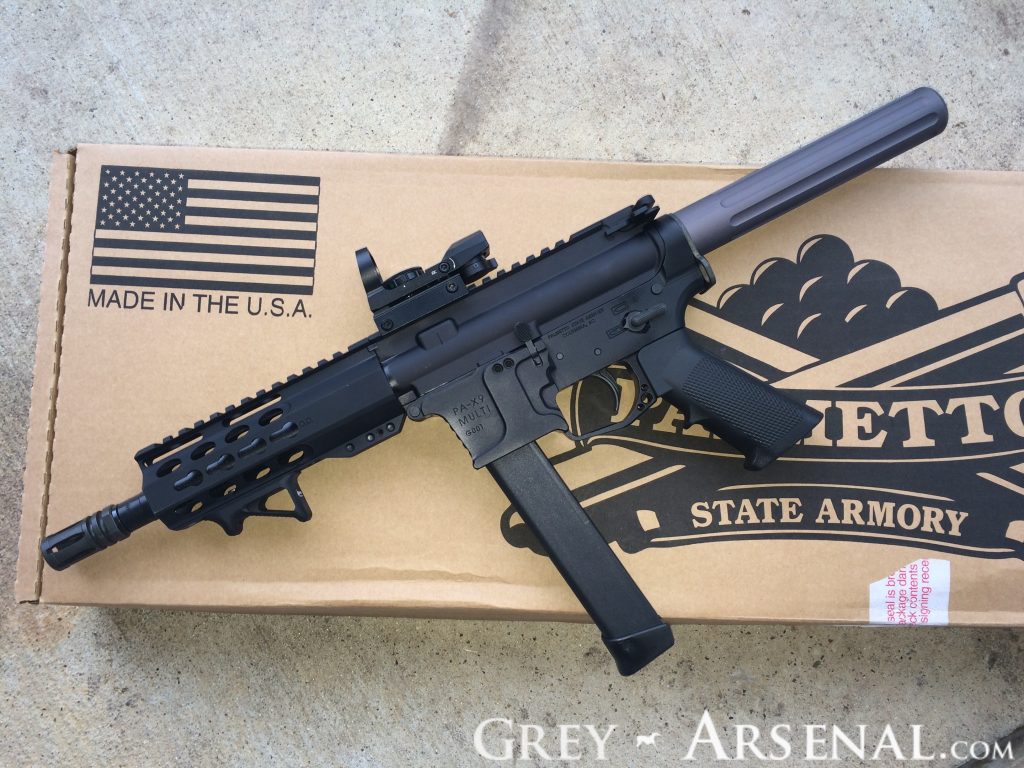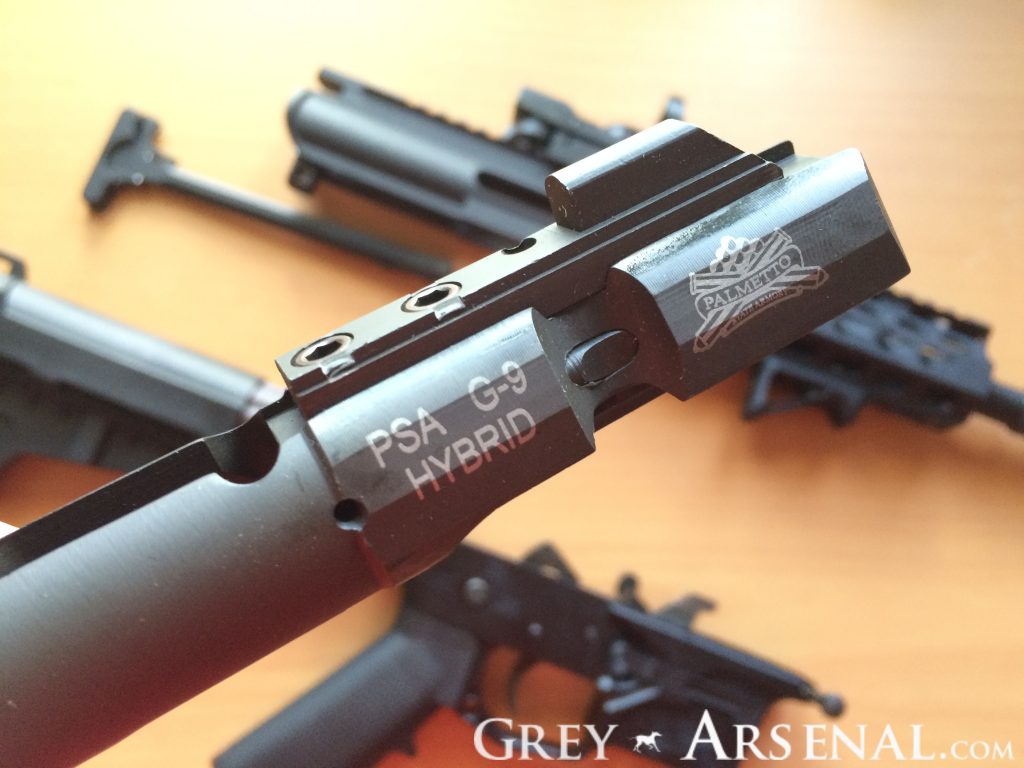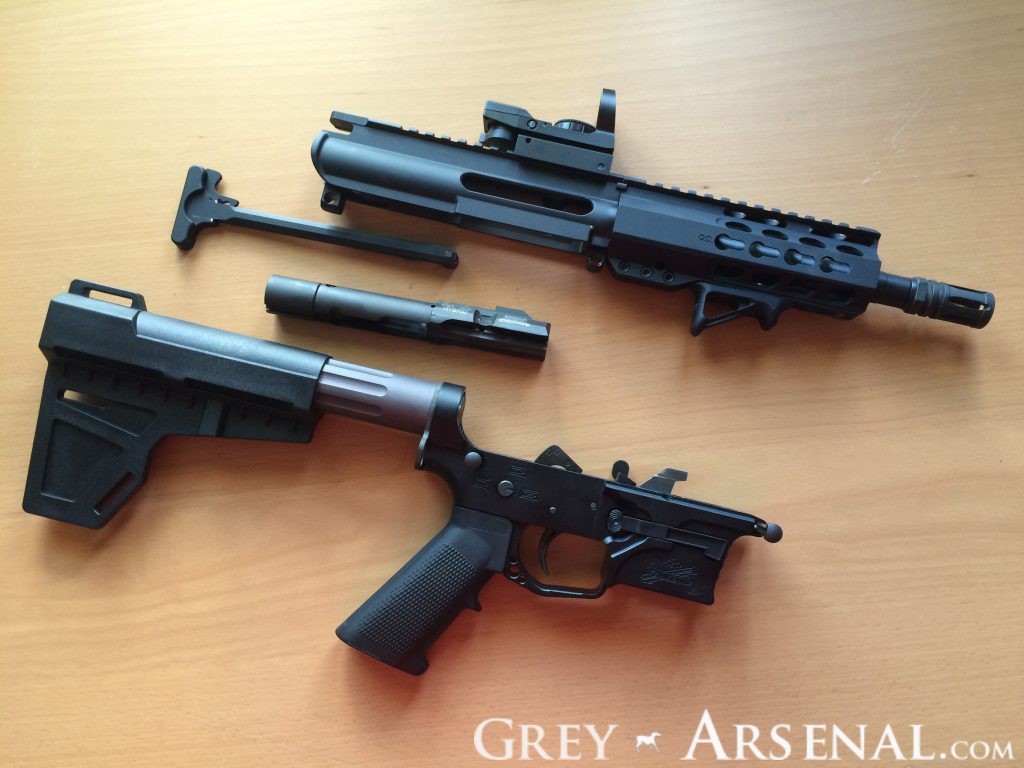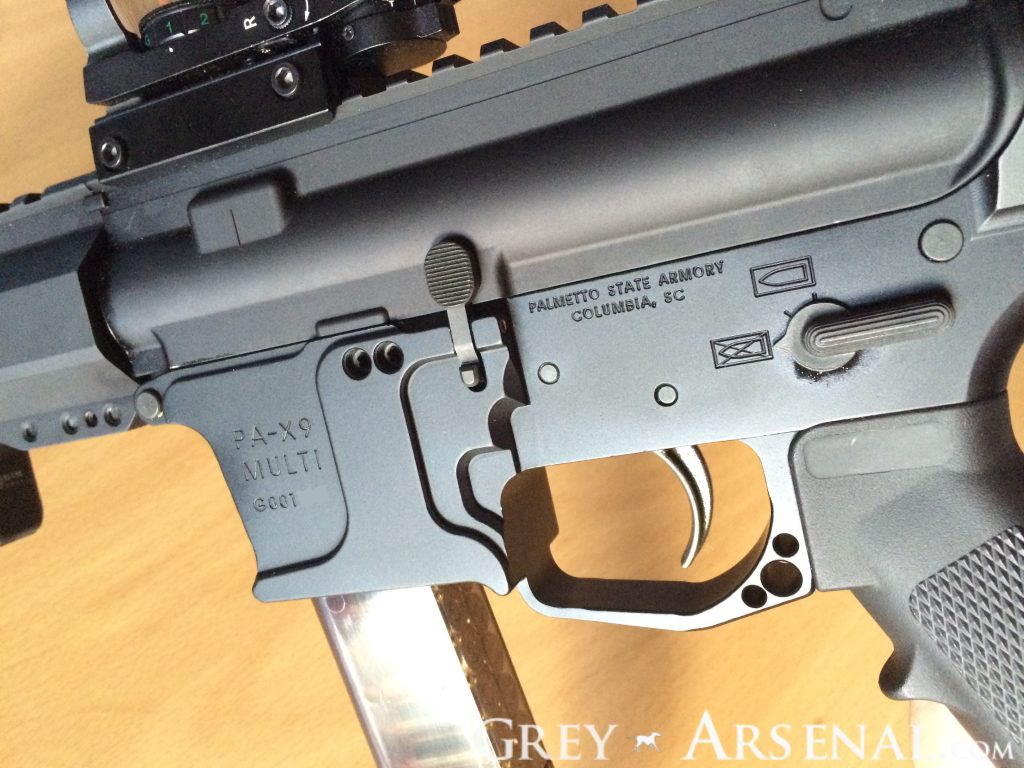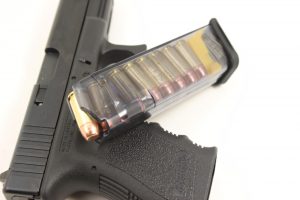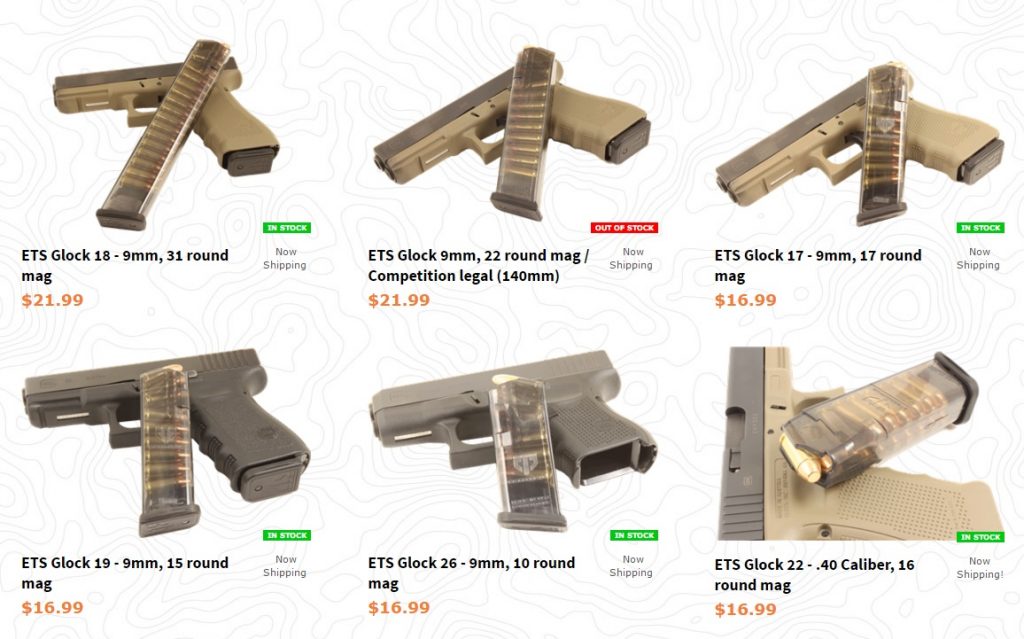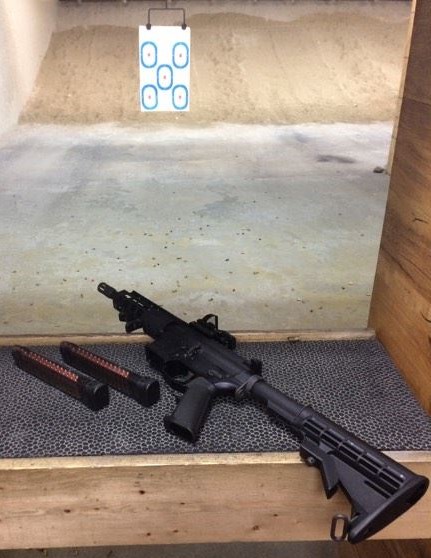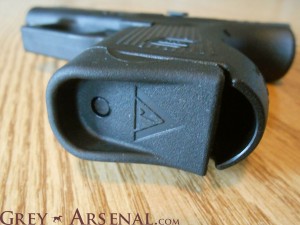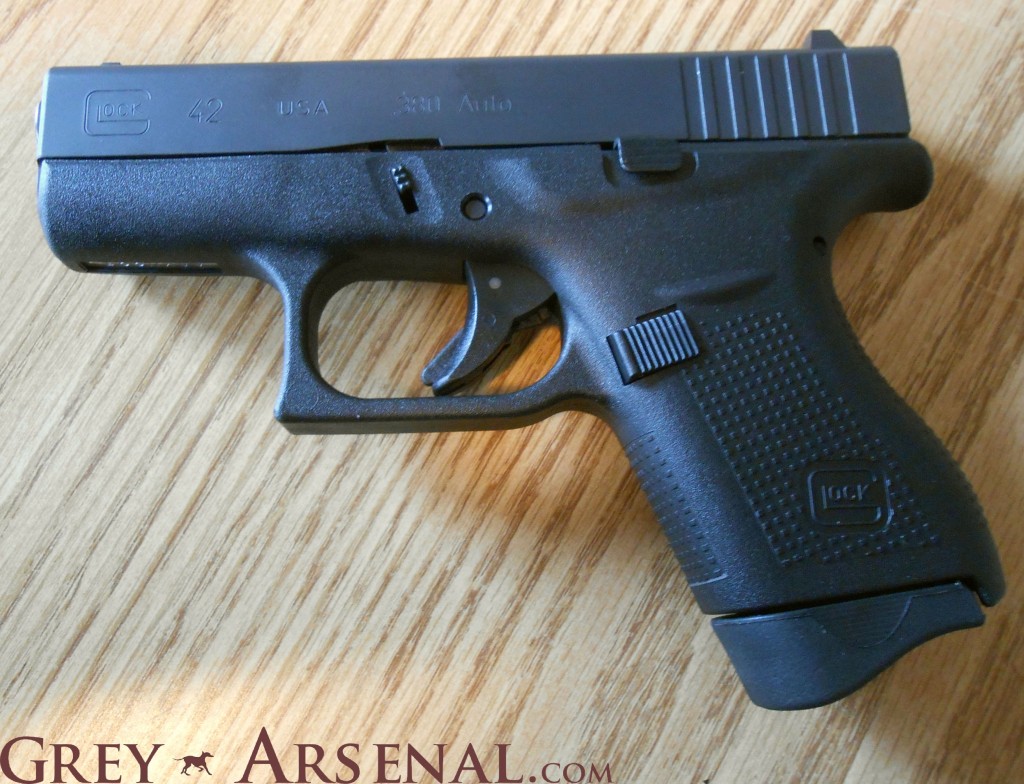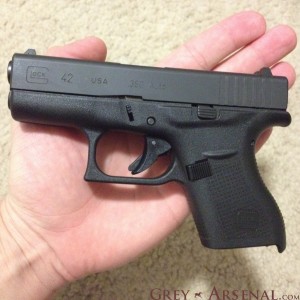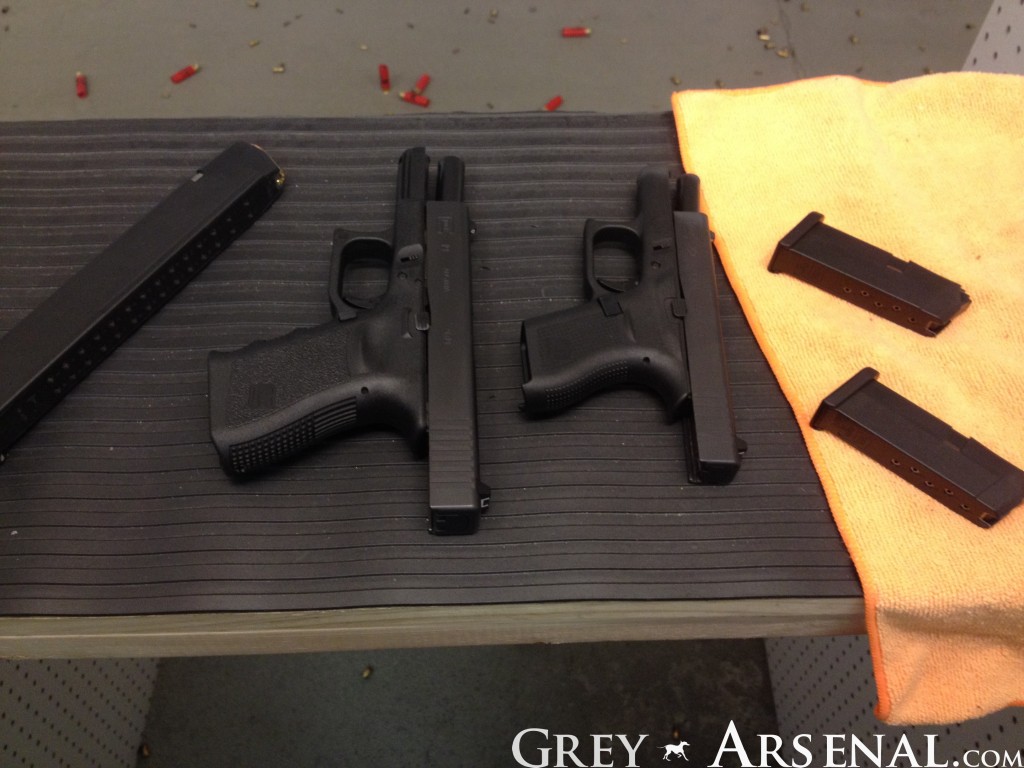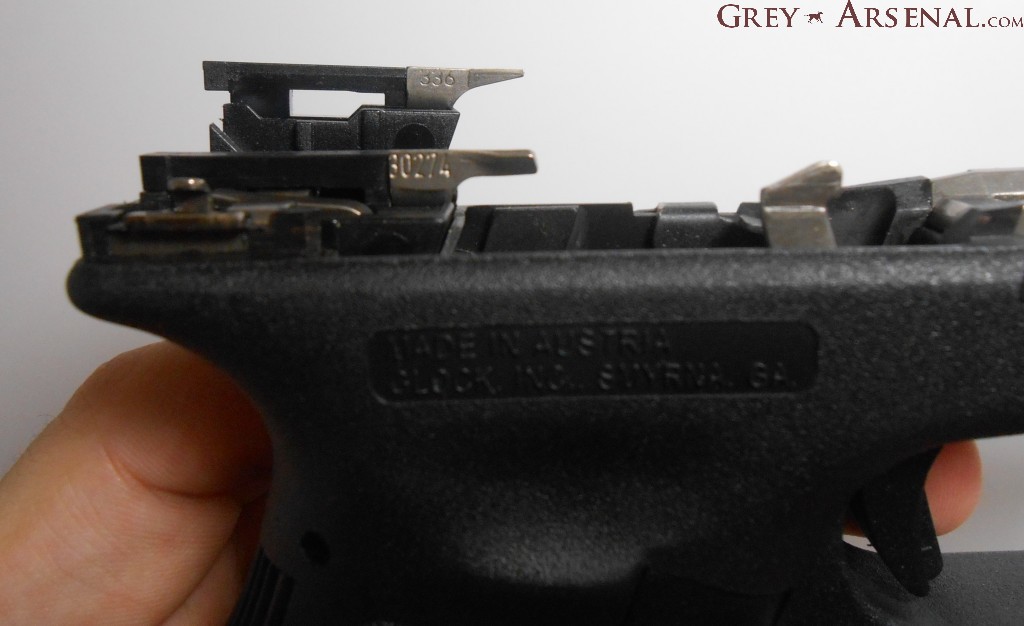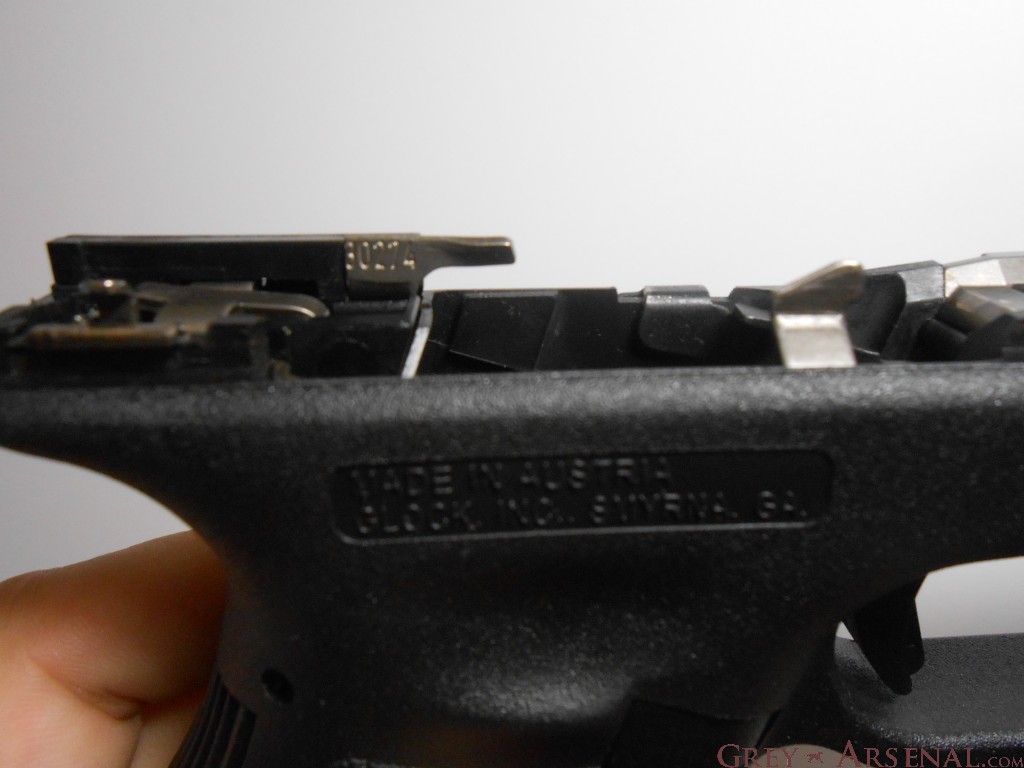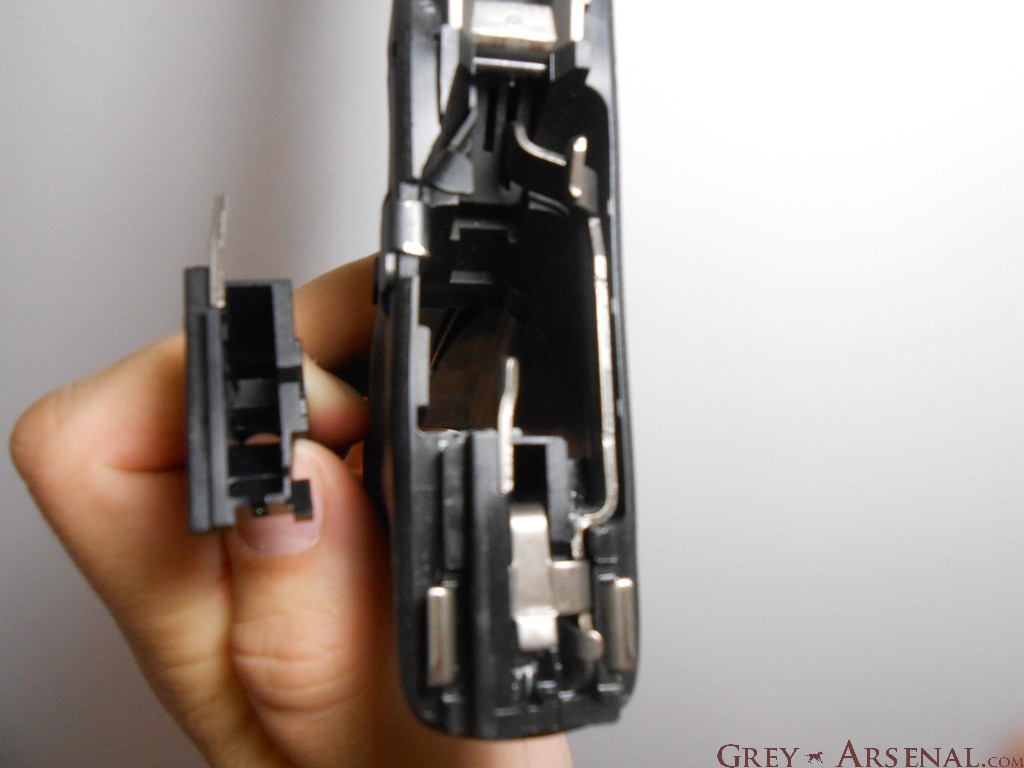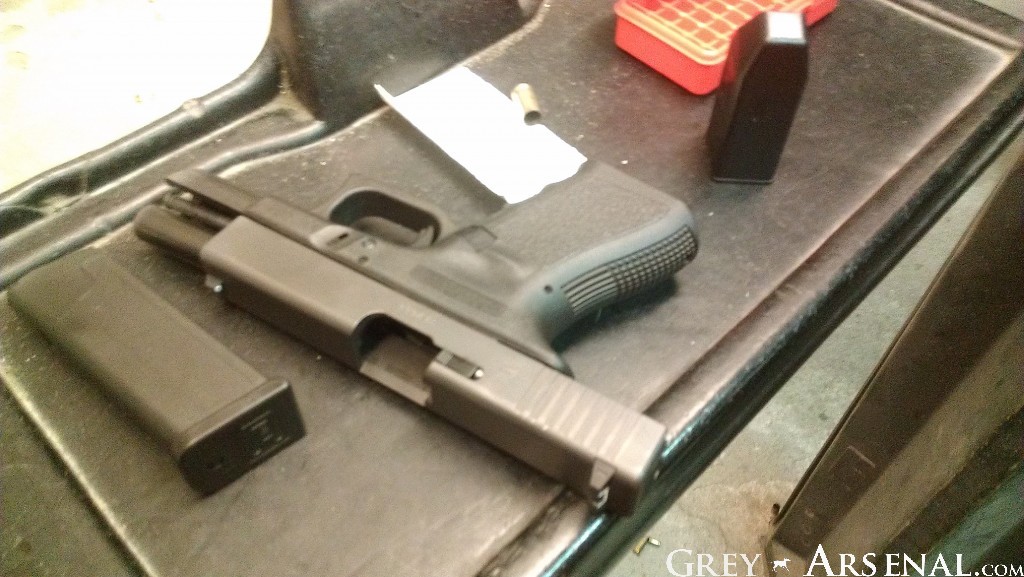
I need to begin this one with an important note: The device seen attached to the pistol buffer tube is a Shockwave Technologies Blade Pistol Stabilizer, which includes an ATF letter indicating that installation of this device and proper use does constitute assembly of an NFA item. More details on that later.
In a masterstroke, PSA decided to make what they’ve termed a Hybrid BCG that allows use of either Colt SMG-style or Glock magazines with the same upper/BCG. It’s ramped, so depending on the lower / hammer you’re using, it’ll be easier on your hammer pin, if that’s a concern. Being PSA, one of the preeminent sources of AR Lowers and pretty much anything else you’d want for an AR build on the cheap while still being able to trust the craftsmanship, they’ve also introduced a few complete 9mm uppers in various common lengths with various popular handguard / rail configurations.
While they’ve already had both uppers/lowers and complete rifles using their previous AR-9 BCG and dedicated lower for Colt SMG magazines, to coincide with release of this Hybrid BCG, they’ve introduced a dedicated Glock Magazine lower (which appears VERY similar to the popular Quarter Circle 10 GSF lower). So if you were looking to build a pistol-caliber AR, and already have a good number of Glock 9mm magazines (and who doesn’t?), this can *significantly* cut down on the cost of kitting up for your new firearm.
Granted, that Dedicated Glock Pistol Lower has been pretty difficult to catch in stock, but when you can catch it, it’s significantly cheaper than the comparable Quarter Circle 10 product, and both the pistol and rifle lowers come with PSA’s pistol buffer.
While it would be tempting just to get what’s in stock, depending on your build plans, it would be easy to run afoul of the ATF’s “constructive intent” laws with regards to NFA items, in this case, having what you need on hand to construct an SBR.

In my case, I while I *do* plan on SBR’ing this pistol (and plan to do a write on up that process and in the involved costs), I wanted to start with a 7.5″ pistol build, which I’ll eventually build into an SBR by replacing the pistol buffer with a Mil-spec buffer tube and standard AR stock. Just be wary of what other parts you have laying around, and don’t get tempted to play around with this topic.
Back on topic- with the task of building a short 9mm AR pistol that can share magazines with my Glocks, and keep things relatively cheap, I decided on the following:
- PSA 9MM BILLET COMPLETE CLASSIC PISTOL LOWER – USES GLOCK®-STYLE MAGAZINES
- PSA 9MM 7.5″ PISTOL LENGTH 6″ LIGHTWEIGHT KEYMOD UPPER – WITH HYBRID BCG AND CH – 7781892
- Pinty USA Tactical Holographic Reflex Red Green Dot Sight 4 Type Reticle with 20mm Rails
- Odin Works Low Profile KeyMod Handstop
- Yahill(TM) Multi-Use 2 Point Rifle Gun Sling
- Shockwave Technologies Blade Pistol Stabilizer
While not currently available, the total cost of this build at the last time the upper and lower were available would be:
- Lower: $249
- Upper: $349
- Optic: $21.99
- Handstop: $47.26
- Sling: $23.99
- Stabilizer: $51.28
- Total as configured at last available prices: $742.52 (w/o shipping)
As far as the optic- I wanted to try something lightweight and cheap and see how it stands up to use on this 9mm. I definitely wouldn’t recommend something not proven (i.e., not significantly pricier) on a firearm intended for self defense use, this will be a chance to review a lower-priced optic on what is, for the mean time, a range toy. Once it’s SBR’ed, unless I’m *really* impressed with that optic, it’ll probably start wearing a Mepro or Aimpoint Micro.
As far as quality of the PSA upper and lower, everything bolted together as intended, no rattle, and I’ve experienced 0 failures for the first 400 rounds of 124gr 9mm. This thing is *so* fun to shoot infact, that I’m thinking of Suppressing it after it gets SBR’ed, at which point I’m not even sure anything else would make it to the pistol range with me unless I needed to practice for something specific, even as gimped as it is in not using that brace as a stock and just using it for cheekweld, it’s just that fun.
That’s that for now, I’ll follow up when I get my Form 1 stamp and can properly finish this thing. Also, stay tuned for individual reviews of the optic, Odin Handstop (I like it.), and the Stabilizer.
Update 6/21: Form 1 submitted, now we play the waiting game.
Update 2/15: Form 1 Approved after nearly 8 months.
